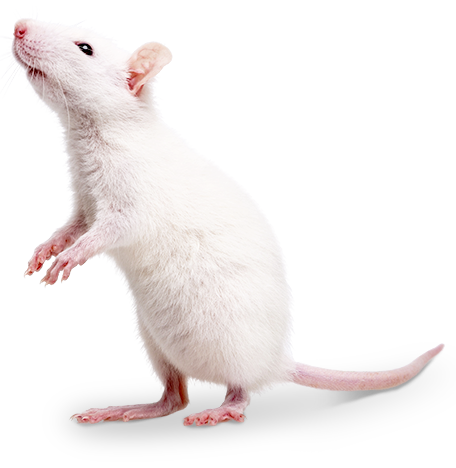Sleeping Beauty
Transgenesis with Sleeping Beauty Transposon System

Transposable genetic elements can be divided into two classes based on their respective transposition mechanisms. The mobility of retrotransposons (class I) is executed through a complex RNA-mediated ‘copy-and-paste’ mechanism, whereas DNA transposons (class II) use a DNA-mediated, ‘cut-and-paste’ method of transposition [1].
The Sleeping Beauty (SB) transposon is synthetic DNA transposon system, which is based on a transpositionally inactive genetic element from fish genomes [2]. That was the first transposon system, which was efficiently used for transgenesis and insertional mutagenesis in vertebrates, and often applied in cancer research via gene trapping [3].
This transposon system belongs to the Tc1/mariner superfamily of DNA transposons [4] containing a gene encoding a transposase enzyme flanked by inverted terminal repeats (ITRs) that carry binding sites for the transposase.
DNA transposon system can integrate into the chromosomes of the host cells. Biotechnological applications use this feature for gene delivery. SB100X is a hyperactivated form of the SB transposon and used as a bicomponent vector systems in transgenic experiments. Gene of interest should be cloned into a plasmid vector between the transposon inverted terminal repeats (ITRs) sequences and mobilized by providing the transposase enzyme in trans, as an expression plasmid or as in vitro–synthesized mRNA [5].
To produce transgenic founders the plasmid vectors, or the plasmid DNA carrying a transgene construct and transposase mRNA complex is co-injected into the pronuclei of fertilized oocytes. Microinjected zygotes are transfected into pseudo-pregnant foster mothers. The translation of the transposase mRNA is followed by enzyme-mediated excision of the transgene cassette from the plasmids and its permanent genomic insertion to produce stable transgenic offspring.
The Sleeping Beauty transposon system is a powerful technology for additive transgenesis in several model organism like rabbit, rat and mice. However, integration efficiency is negatively affected by the length of the gene construct to be integrated over 8-10 kb. The stable integration of target DNA into the genome with SB assistance most often occur into the intergenic region and introns, thus it would not influence gene activity [6].
[1] T. Wicker, F. Sabot, A. Hua-Van, J. L. Bennetzen, P. Capy, B. Chalhoub, A. Flavell, P. Leroy, M. Morgante, O. Panaud, E. Paux, P. SanMiguel, and A. H. Schulman, “A unified classification system for eukaryotic transposable elements,” Nat. Rev. Genet., vol. 8, no. 12, pp. 973–982, 2007. [2] Z. Ivics, P. B. Hackett, R. H. Plasterk, and Z. Izsvák, “Molecular Reconstruction of Sleeping Beauty, a Tc1-like Transposon from Fish, and Its Transposition in Human Cells,” Cell, vol. 91, no. 4, pp. 501–510, 1997. [3] G. Song, Q. Li, Y. Long, Q. Gu, P. B. Hackett, and Z. Cui, “Effective Gene Trapping Mediated by Sleeping Beauty Transposon,” PLoS One, vol. 7, no. 8, 2012. [4] R. H. A. Plasterk, Z. Izsvák, and Z. Ivics, “Resident aliens the Tc1/mariner superfamily of transposable elements,” Trends Genet., vol. 15, no. 8, pp. 326–332, 1999. [5] Z. Ivics, L. Mates, T. Y. Yau, V. Landa, V. Zidek, S. Bashir, O. I. Hoffmann, L. Hiripi, W. Garrels, W. a Kues, Z. Bosze, a Geurts, M. Pravenec, T. Rulicke, and Z. Izsvak, “Germline transgenesis in rodents by pronuclear microinjection of Sleeping Beauty transposons,” Nat Protoc, vol. 9, no. 4, pp. 773–793, 2014. [6] G. Turchiano, M. C. Latella, A. Gogol-Döring, C. Cattoglio, F. Mavilio, Z. Izsvák, Z. Ivics, and A. Recchia, “Genomic analysis of Sleeping Beauty transposon integration in human somatic cells,” PLoS One, vol. 9, no. 11, p. e112712, 2014.






